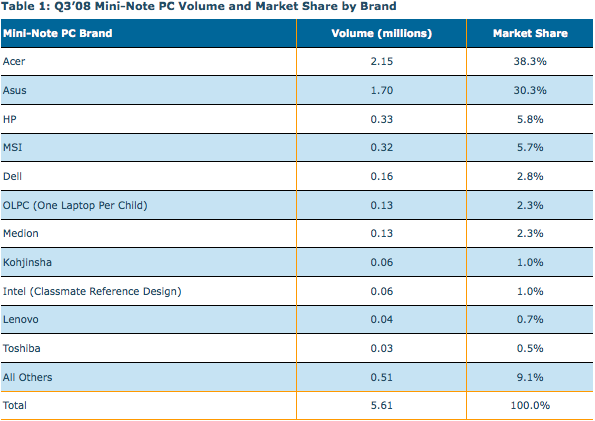Many people are beginning to abandon their home phone lines because they simply don’t use them much any more. $35 for a basic phone line plus long distance bills on top of that is expensive compared to the alternatives. Almost everyone has a cell phone and will simply use that instead. However, cell phone plans have limited minutes. What happens when you need extra minutes? That’s where Skype comes in as a great complement to the home with no home phone.
![]() In case you have never heard of Skype, it is essentially a phone service that works over the internet. A Skype user can call another Skype user for free but a Skype user can also call real phone numbers at an extremely low price. Skype is also great for international calls. It is even more valuable now because you no longer need to use Skype via your computer. There are now mobile Skype programs made for many devices including the iPhone, PSP, and several mobile phones. The iPod Touch
In case you have never heard of Skype, it is essentially a phone service that works over the internet. A Skype user can call another Skype user for free but a Skype user can also call real phone numbers at an extremely low price. Skype is also great for international calls. It is even more valuable now because you no longer need to use Skype via your computer. There are now mobile Skype programs made for many devices including the iPhone, PSP, and several mobile phones. The iPod Touch can run all iPhone apps as well so those who hate AT&T can still use the Skype iPhone app. All you need beyond that is internet access which almost everyone already has at home.
SkypeOut
One way to pay for Skype-to-phone calls is to purchase SkypeOut Credit. Once you have credit on your Skype account, you can pay per minute. There are various prices for each country according to this rate chart. Calls to the US cost just $0.021 per minute.
Skype Subscription
If you plan on making at least 150 minutes of calls per month, a Skype Subscription will be by far the cheapest. For just $2.95/month, you can get unlimited Skype-to-phone US calls. If you have an iPhone and don’t want to use your AT&T minutes, just launch the free Skype app and make the call for free when you are at home where your iPhone is on your wifi. If you pay for 12 months at a time, it is even cheaper.
Skype Online Phone Number
Without the Skype online phone number, when you call someone, the Caller ID typically shows a number with all zeros. With a skype phone number, you can get a number in any area code you like. It will also give other people a way to call you without them needing to use Skype. A voicemail service is also included with the phone number. If you have a Skype subscription, you get a 50% discount on a Skype online phone number.
Skype Quality
While Skype is incredibly cheap compared to a home phone line, the call quality is not quite as good typically and may vary greatly depending on the quality of your internet access. Dropped calls can occur as well as audio breakups. Overall, in my experience, I would say it is on par with AT&T cell phone quality though. For the price, it is a great value.

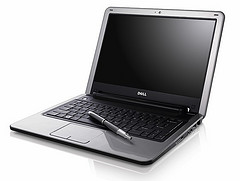

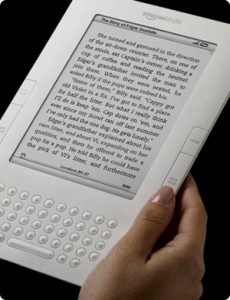
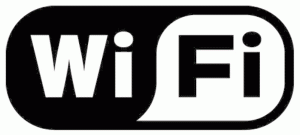
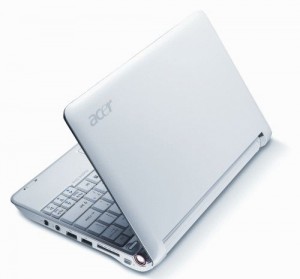 Our current favorite small netbook, the Acer Aspire One, is now the #1 selling netbook according to 3Q sales numbers as reported by
Our current favorite small netbook, the Acer Aspire One, is now the #1 selling netbook according to 3Q sales numbers as reported by 